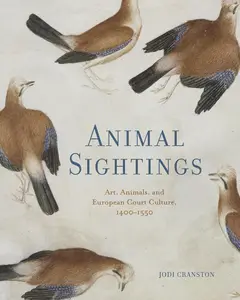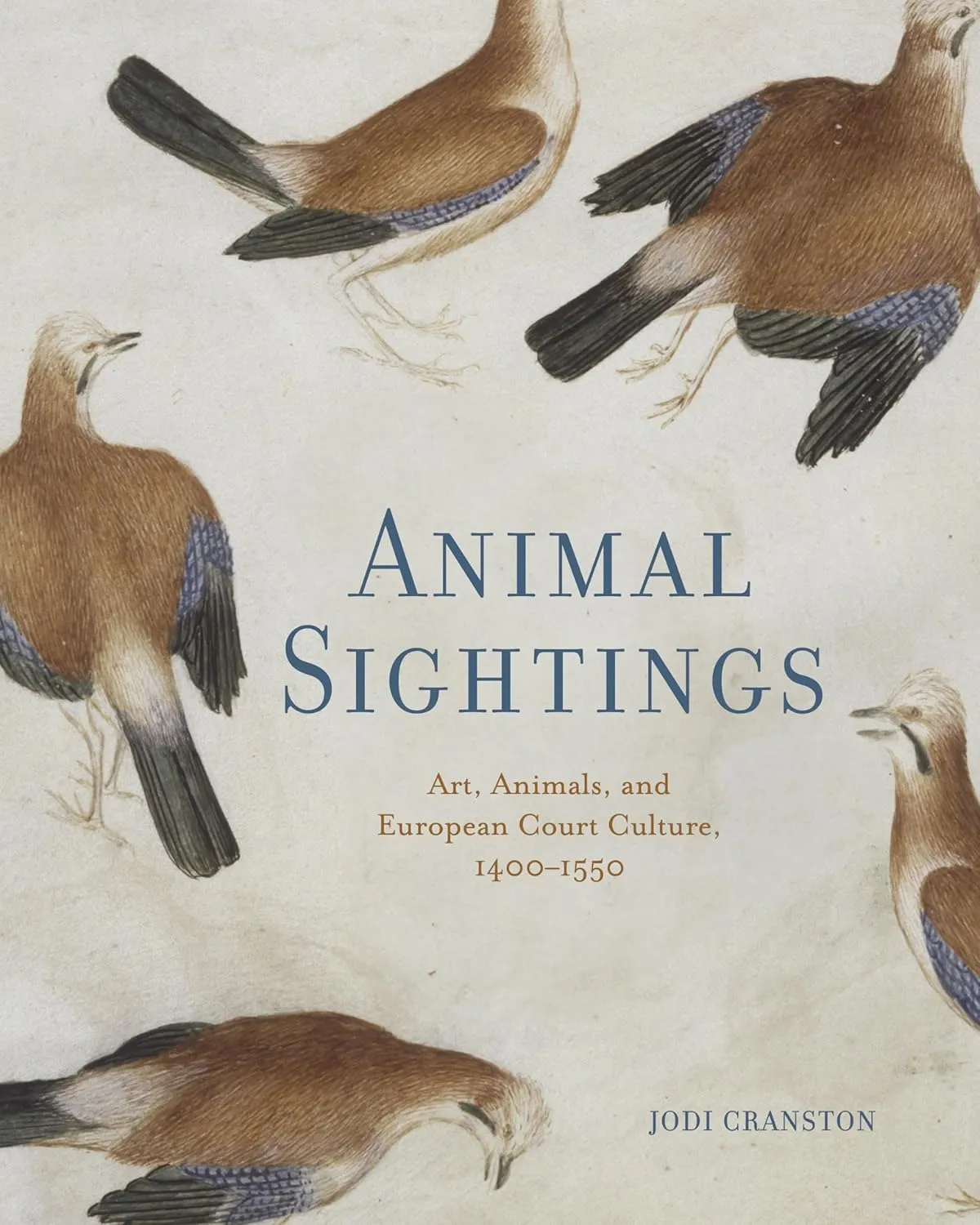Animal Sightings: Art, Animals, and European Court Culture, 1400–1550 by Jodi Cranston
English | November 5, 2024 | ISBN: 0271097639 | True PDF | 184 pages | 81.5 MB
English | November 5, 2024 | ISBN: 0271097639 | True PDF | 184 pages | 81.5 MB
Animal Sightings challenges two common ideas about the depiction of animals in early modern European court art: first, that the human figure relegated animals to peripheral and often symbolic roles, both compositionally and conceptually, and second, that the representation of animals during this period was predominantly tied to a growing interest in naturalism derived from scientific study and discovery.
Art historian Jodi Cranston considers the diversity of art representing animals common to that time and place, including dogs, stags, falcons, and even insects. She discusses how early modern European courts (primarily in northern Italy, Tyrol, Saxony, and southern Germany, where the preponderance of European courtly activity related to animals occurred) acquired and kept living animals, sponsored hunts in purpose-cultivated forests, and fostered trade in animal products. The diverse works created by artists associated with those courts reveal an ambivalent and complex view of animals as beings who shared and shaped the world alongside humans.
Ultimately, Animal Sightings explores how early modern artists and viewers thought about human-animal interactions, how visual representation facilitated and inhibited knowledge about animals, and how animals could reveal the limits and possibilities of visual representation. It should be of special interest to scholars of early modern studies, art history, and animal studies.



